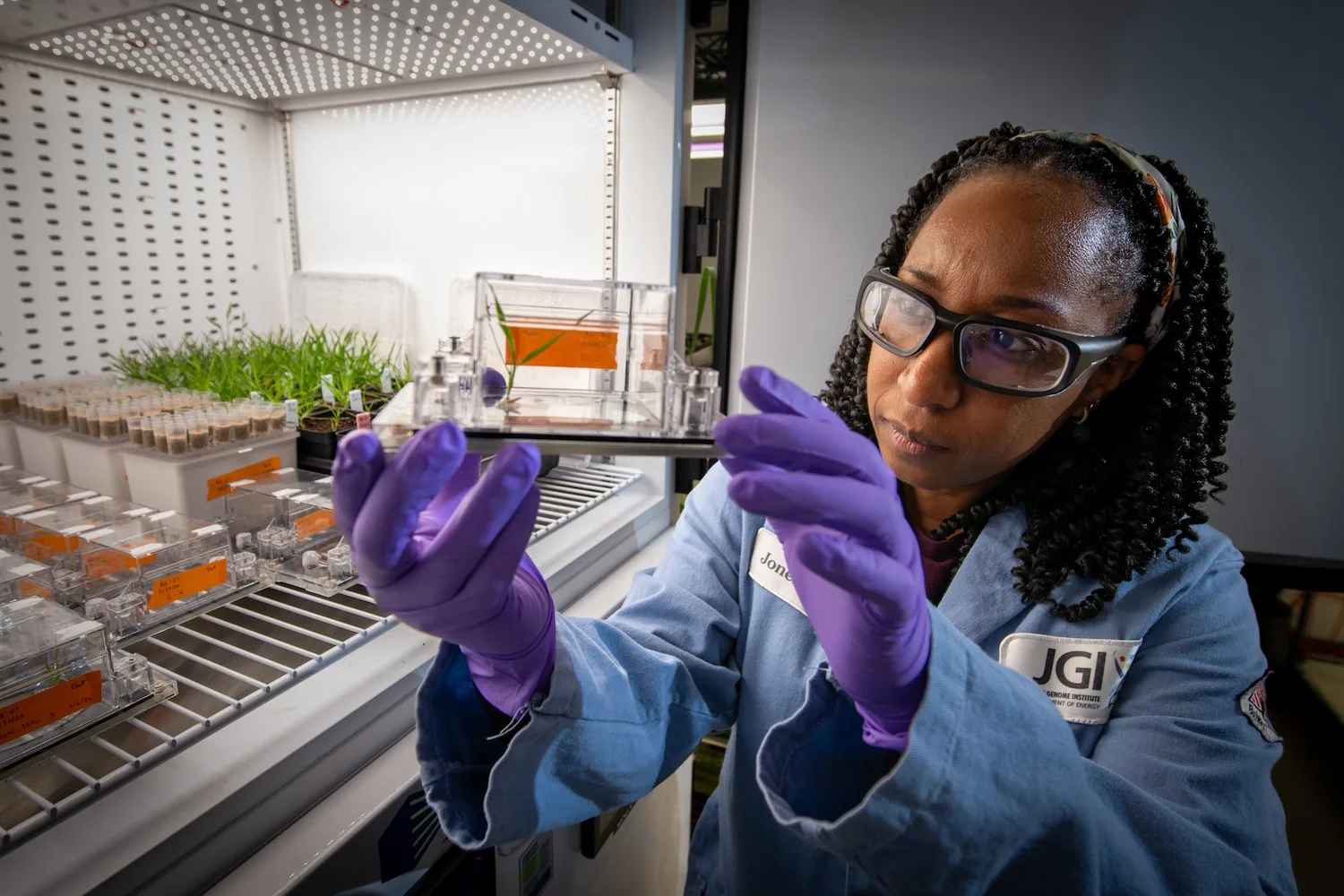Unlocking Genomic Solutions: How National User Facilities Drive Real-World Impact
Genomic research is rapidly transforming our understanding of health, disease, and potential treatments. A crucial element in accelerating this progress is the availability of national user facilities. These facilities provide researchers with cutting-edge tools, resources, and expertise, enabling them to tackle complex genomic questions and translate discoveries into tangible benefits for society.
What are National User Facilities?
National user facilities are specialized research centers equipped with advanced technologies and staffed by experts in various fields. They serve as shared resources for researchers from universities, industry, and government institutions, fostering collaboration and accelerating scientific breakthroughs. In the realm of genomics, these facilities offer access to:
- High-throughput DNA sequencing
- Advanced imaging technologies
- Bioinformatics support and data analysis
- Expert consultation and training
The Role of User Facilities in Genomic Research
National user facilities play a vital role in driving genomic research forward. They provide the infrastructure and resources necessary to conduct large-scale studies, analyze complex datasets, and develop new technologies. Here’s how they contribute to real-world solutions:
Accelerating Disease Diagnosis and Treatment
Genomic research supported by user facilities is leading to earlier and more accurate disease diagnoses. By identifying genetic markers associated with specific conditions, researchers can develop diagnostic tests that detect diseases at their earliest stages, improving treatment outcomes.
Personalized Medicine
Understanding an individual’s genetic makeup can enable personalized treatment plans. User facilities contribute to this by providing the resources for researchers to identify genetic variations that influence drug response, allowing doctors to tailor treatments to individual patients.
Drug Discovery and Development
Genomic research helps identify new drug targets and develop more effective therapies. User facilities provide the tools and expertise needed to screen potential drug candidates, analyze their effects on cells and organisms, and optimize their efficacy.
Improving Agricultural Practices
Genomics is also revolutionizing agriculture by enabling the development of crops that are more resistant to pests, diseases, and climate change. User facilities support this research by providing resources for sequencing plant genomes, identifying genes responsible for desirable traits, and developing new breeding strategies.
The Impact on Thalassemia Research
Thalassemia, a genetic blood disorder, has significantly benefited from genomic research. User facilities have played a crucial role in identifying the genetic mutations responsible for thalassemia, developing diagnostic tests, and exploring potential gene therapies.
How User Facilities Help Thalassemia Patients:
- Improved screening programs for early detection
- More accurate diagnosis of thalassemia subtypes
- Development of personalized treatment strategies
- Research into potential gene therapies for a cure
Final Overview
National user facilities are essential for advancing genomic research and translating discoveries into real-world solutions. By providing researchers with access to cutting-edge technologies, expertise, and collaborative opportunities, these facilities are driving innovation in healthcare, agriculture, and other fields. As genomic research continues to evolve, the role of user facilities will become even more critical in unlocking the full potential of the genome and improving the lives of people around the world.



+ There are no comments
Add yours